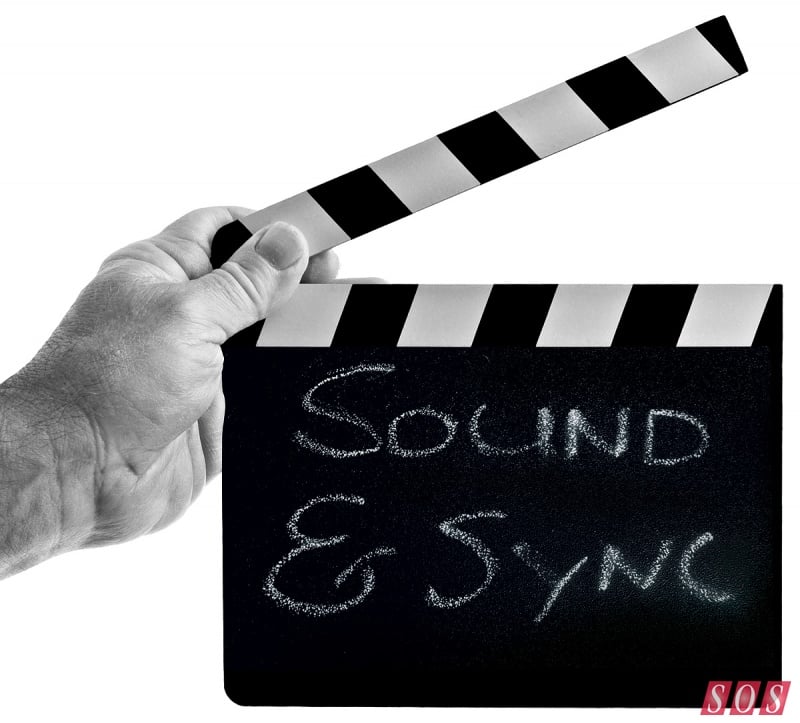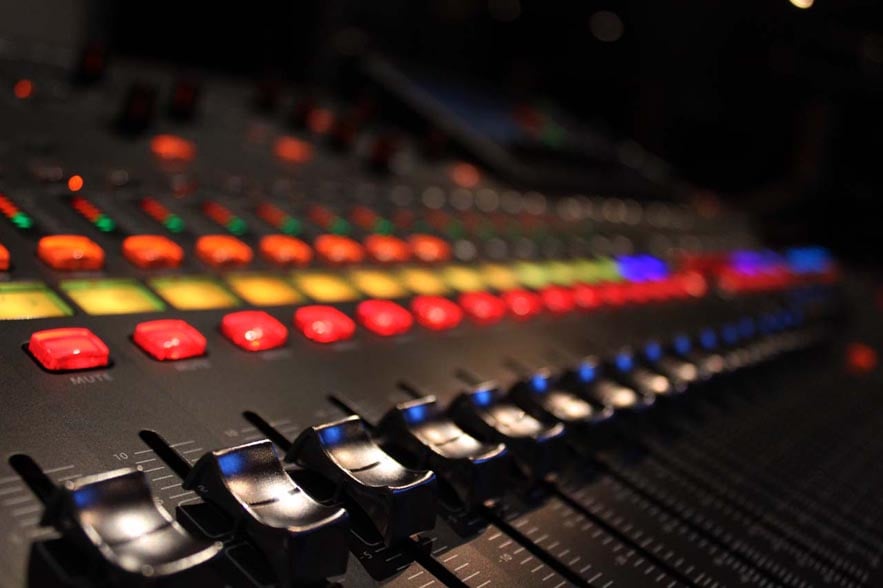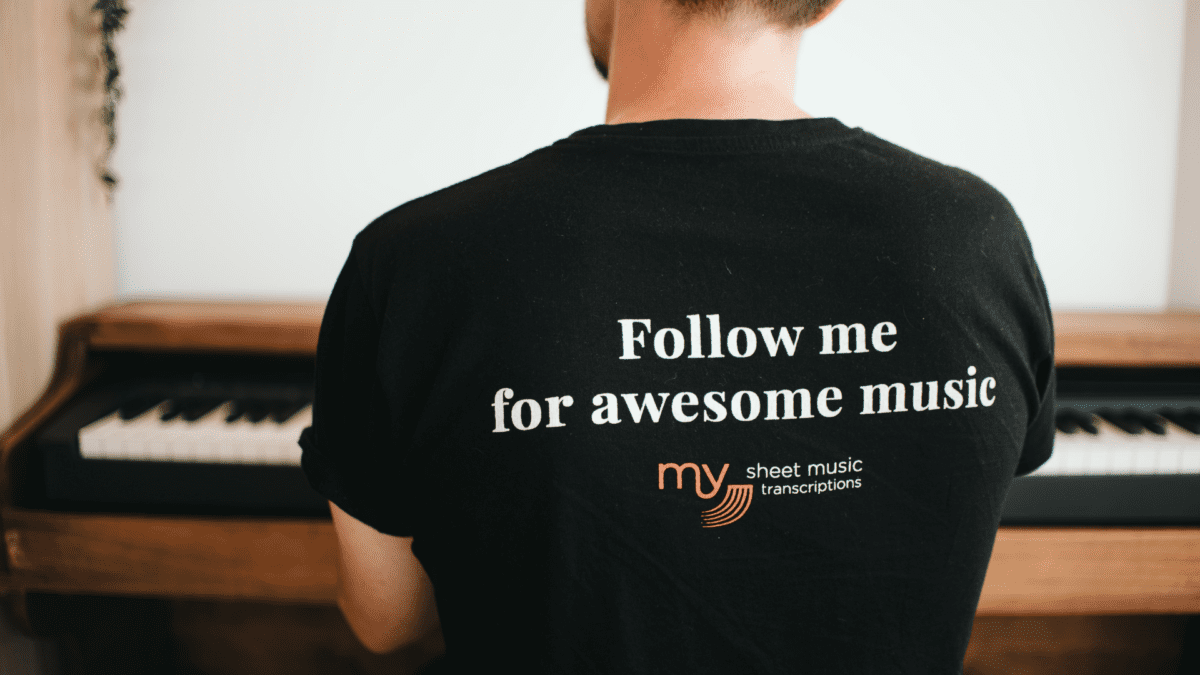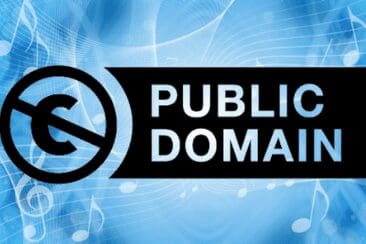Synchronisation made its debut in the music industry over 30 years ago when Matthew Broderick lip-synced to The Beatles’ “Twist and Shout” in the 1986 film “Ferris Bueller’s Day off”. With other artists shortly following thereafter including Frank Sinatra, David Bowie and Michael Jackson in the world of synchronisation, it was no surprise to see sync was here to stay.
What Is Synchronisation In Music?
Synchronisation in music is the process of aligning two or more audio tracks in time. This is often used by music producers and audio engineers to create a cohesive sound in a multi-track recording or live performance. Synchronisation can be done by adjusting the tempo of a track, or by manually aligning the waveforms of the audio tracks. It can also be done by using a synchroniser, which is a device that sends a signal to all of the audio tracks to ensure they remain in time.
How Is Sync Helping Artists?
Sync licensing has helped many new or established artists by creating an awareness of their music. If something is being attached to a product, TV or film, it automatically opens the door for you to be exposed to a wider audience.
Besides, the great exposure for Bulmers gives them the opportunity to expand their creativity and mix genres in an exciting innovative way. This crosses boundaries and allows further exposure to underground artists and genres.

Sync Opportunities Within Music Industry
Physical and digital copies of tracks are no longer the focus for artists with the introduction of streaming and downloads. This makes fan loyalty harder than ever before but it also makes it easier for artists to throw themselves into the limelight.
Asides from radio play which is hard to break into the next big thing are ‘that song from the advert!’ and companies, especially at this time of year with John Lewis, Coca-Cola, Sainsbury’s and more bringing out huge adverts for Christmas, are all over that one off song for people to fall in love with.

Sync is one of the best ways of getting a fee upfront and a performance royalty as well as a guaranteed bonus. Whereas certain major mainstream artists can release music on one platform and can get away with it supplying their monthly income, new artists may not have that privilege up front. It is one of the foundations of the music industry’s revenue today.
The music industry’s main revenue once stood on the shoulders of physical CD sales, however, the CD has experienced the most drastic change in recent years. After selling 165 million units in 2013, another 14 per cent was deducted a year after that, with only 140.8 million CDS being sold in the year 2014. This shows how sync and gigging are now the main focus for revenue streams.
The Future Of Synchronisation
Sync licenses are difficult to come by but anyone who is able to position themselves correctly within the sync industry will not be let down, the potential revenues are huge.
As we strive to connect people within the industry we look out for and receive briefs daily from Music Supervisors across the globe.










